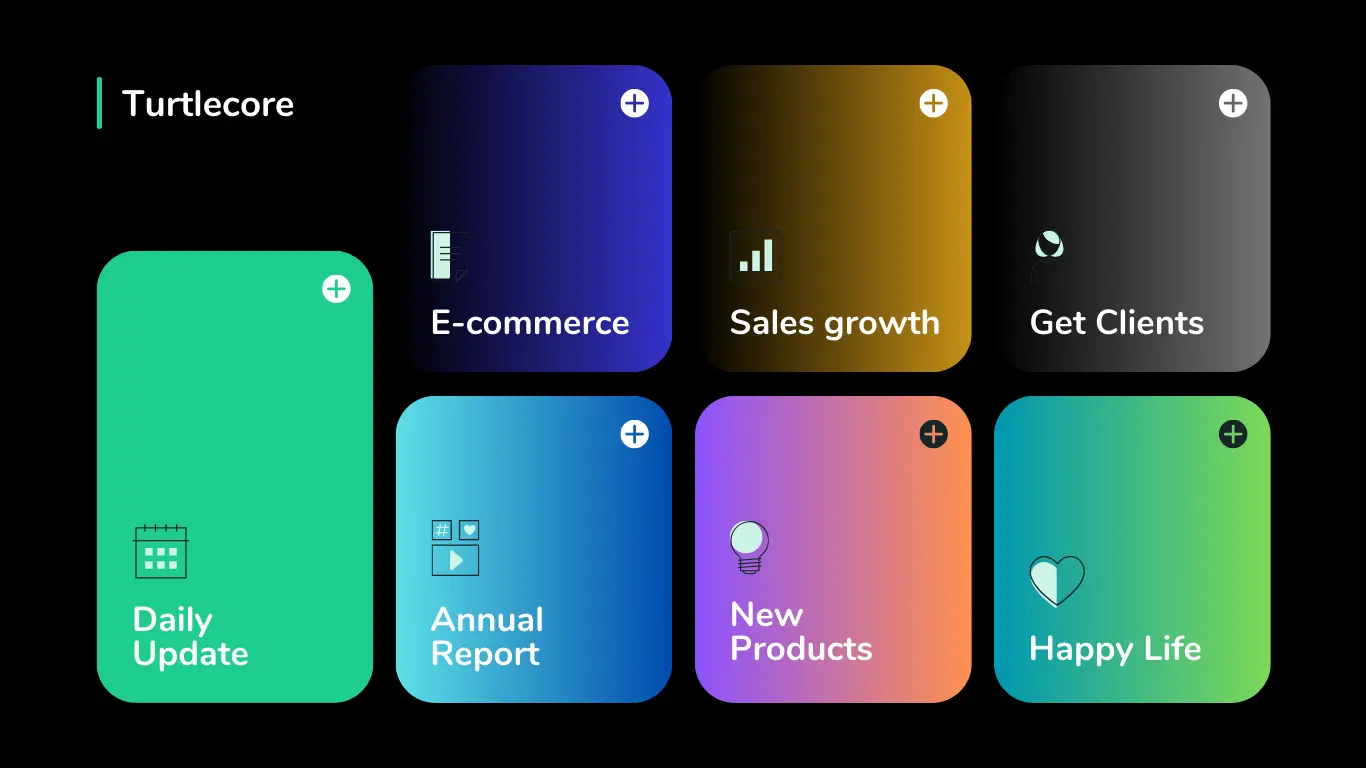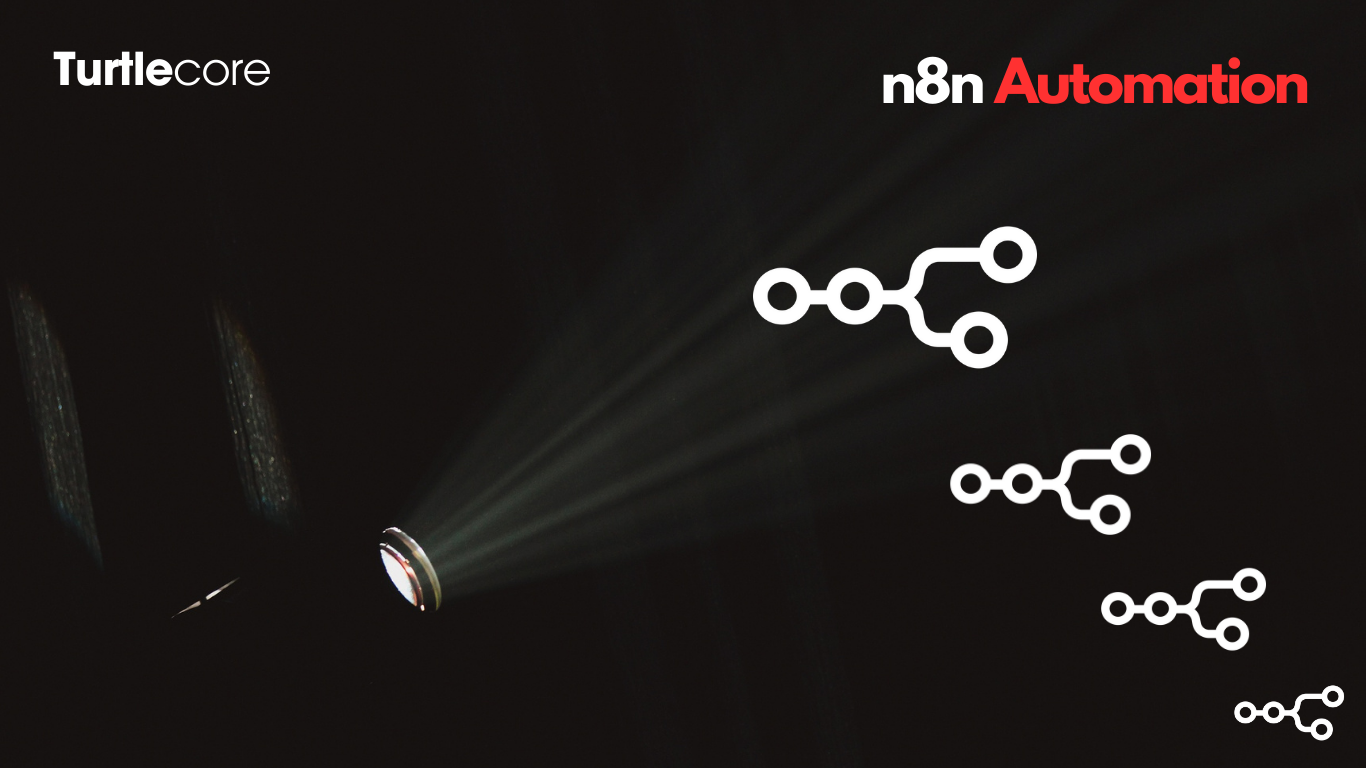E-commerce Website Essentials Guid 2025

E-commerce Website Essentials Guid 2025
Creating your own e-commerce website can be an exciting journey, but it requires a clear understanding of the essential components to get started. Based on my extensive experience in building numerous e-commerce websites, I will guide you through the necessary steps and tools you'll need.
1. Domain Name The first step in setting up your e-commerce website is choosing a domain name. Think of it as your website's identity similar to having a name in the real world. A domain name is not free and needs to be purchased for a duration of one to ten years. After this period, you can renew it. Popular platforms for buying domain names include Hostinger, GoDaddy, and many others. A simple online search will help you find the best options available.
2. Hosting Hosting is where your website’s files and data are stored. Like domain names, hosting services are also paid, and you need to renew them periodically. Hosting providers like those that sell domain names also offer this service. You’ll need to connect your domain name to your hosting. If you’re not a developer, don’t worry most providers offer support to guide you through this process.
3. SSL Certificate SSL (Secure Sockets Layer) is crucial for your website’s security. Without it, your site will run on HTTP instead of HTTPS, which is less secure and may harm your website’s ranking on search engines. An SSL certificate protects your site’s data and instills trust in your users. Many hosting providers include SSL certificates in their plans, making it easier for you to secure your website.
4. Frontend Development Your website’s frontend is what users see and interact with. Modern libraries and frameworks like React.js are highly recommended. For better SEO and faster loading speeds, you can use Next.js, which offers server-side rendering and seamless navigation, enhancing user experience.
5. Backend Development The backend handles the server-side operations of your website. You can choose from languages like PHP, Node.js, Python, Java, or ASP.NET, depending on your budget and project requirements. For a cost-effective solution, PHP is a great option due to its large developer community. If your budget allows, Node.js and Python are excellent choices for more dynamic and scalable e-commerce solutions.
Successful eCommerce website these 5 main features are essential :
1. User-Friendly Navigation & Search
2. Secure & Multiple Payment Options
3. Mobile-Friendly & Fast Loading Website
4. Shopping Cart & Easy Checkout
5. Product Pages with Rich Details & Reviews
Nowadays, building a website is easy, but including useful features that people actually want and can use is what makes your business stand out. These features help transform a regular business into a successful brand.
Conclusion: While custom-built e-commerce websites offer complete control, platforms like Magento and Shopify provide prebuilt solutions to simplify the process. The choice depends on your needs and budget. With custom development, you own the platform but need to handle marketing and growth yourself. Investing time and resources initially can lead to long-term benefits as your e-commerce site gains popularity.
Popular Posts
.png)
Top 10 N8N Automation Ideas | No-Code AI Workflows
19 July, 2025

Time for Website Redesign
03 May, 2024

How n8n Basic Nodes Are Becoming Smarter, Faster, and AI-Powered in 2025
24 September, 2025

How AI is Great for Tomorrow?
18 April, 2024